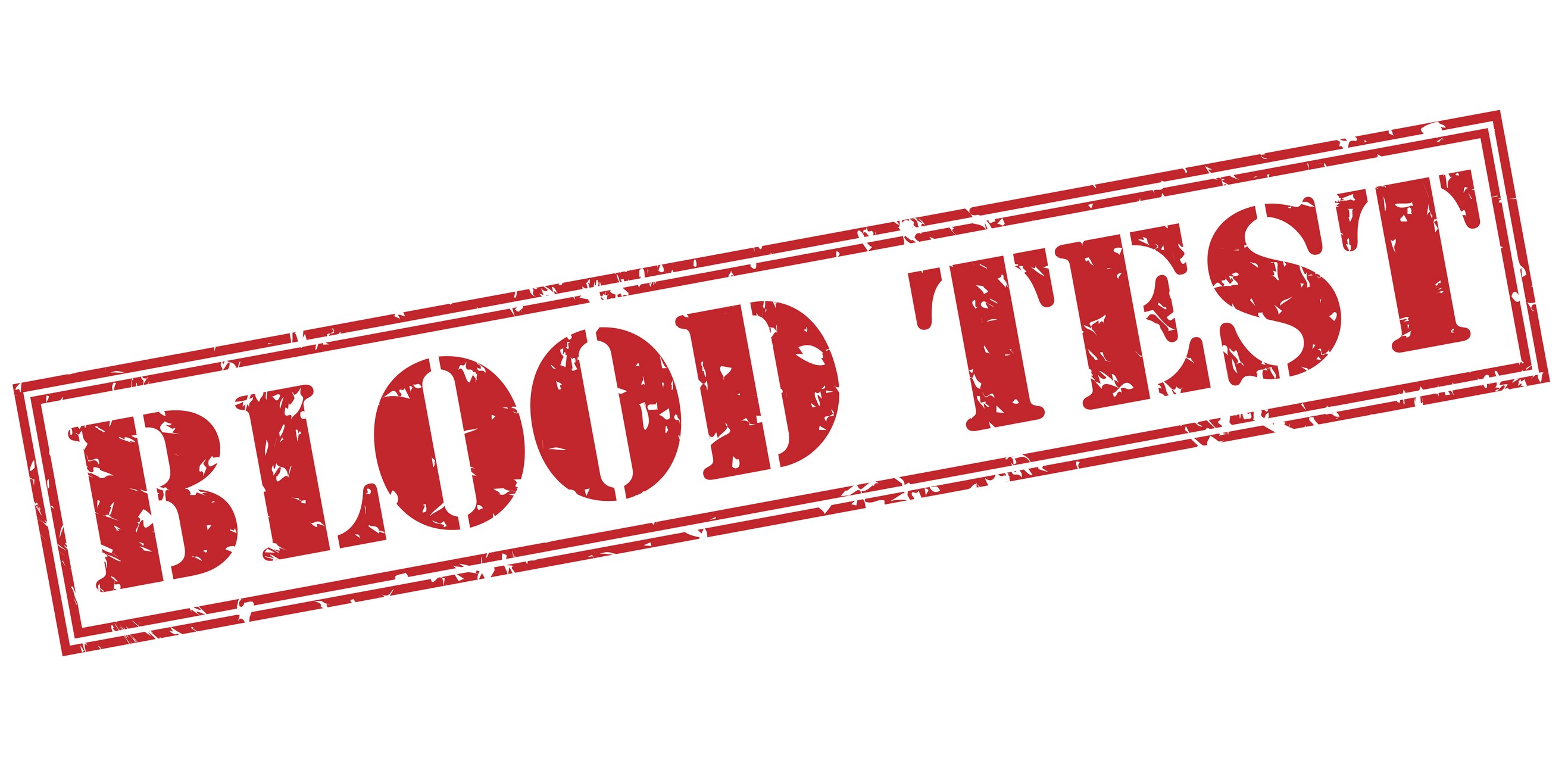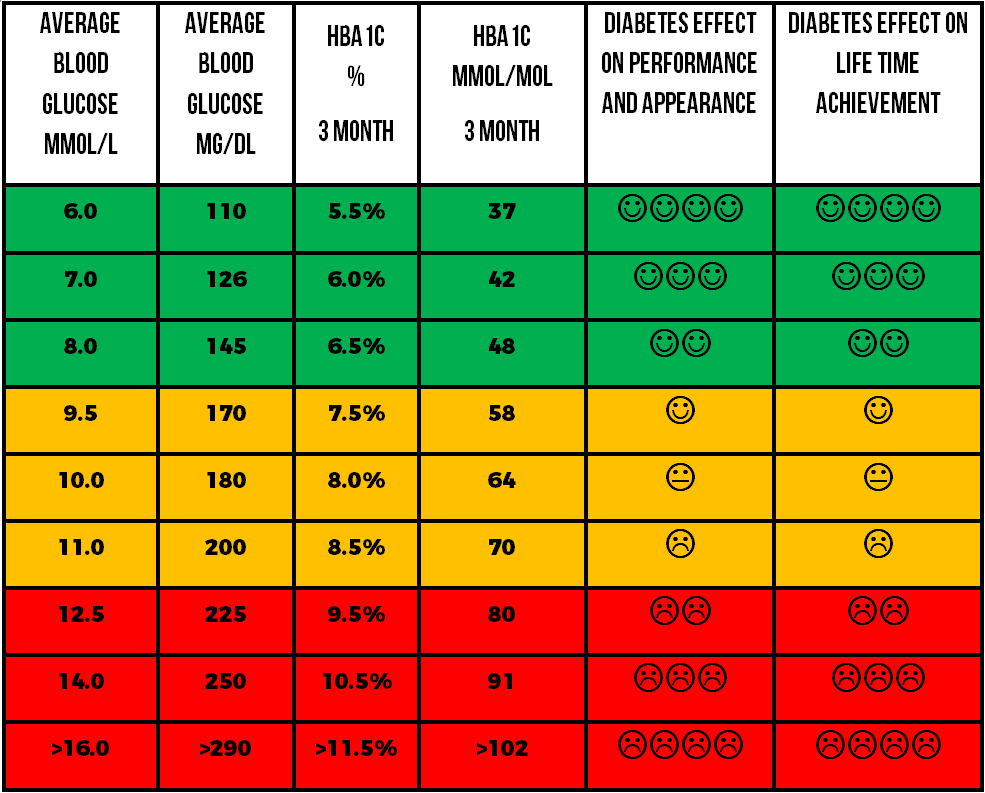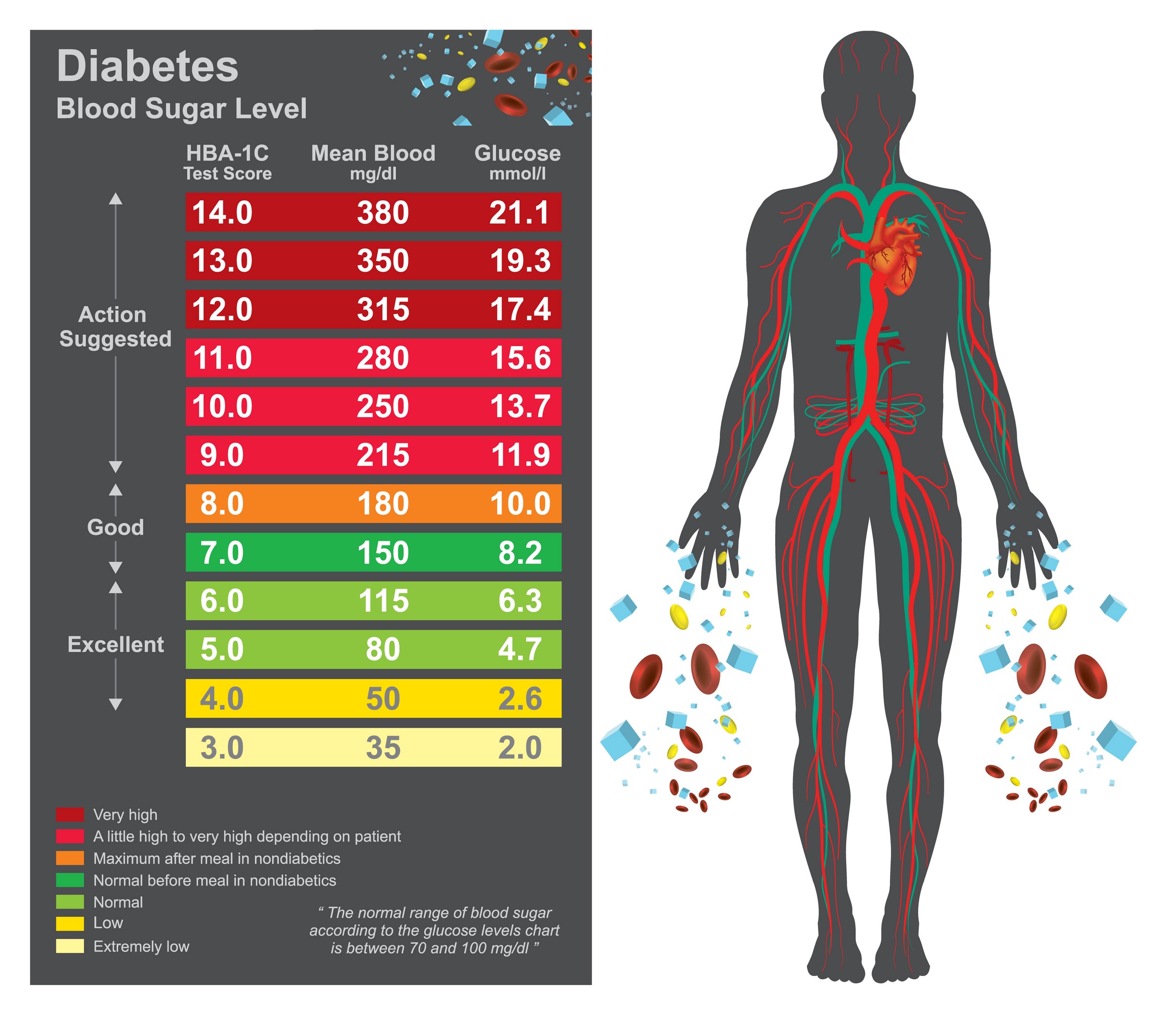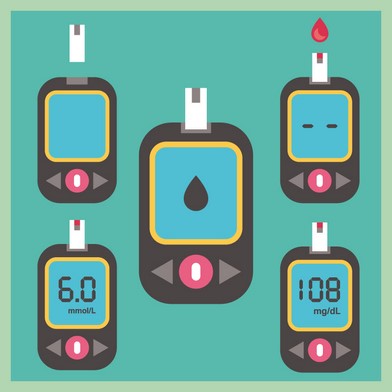Do you have this ESSENTIAL diabetes management skill?
Most adults only get their HbA1c checked once a year, sound familiar?
This means you have an idea how things have been going for the previous 90 days, BUT WHAT ABOUT THE OTHER 275 DAYS?
The most effective way of keeping on top of your diabetes control is by regularly checking your AVERAGE BLOOD GLUCOSE (BG).

How often do you check yours?
Do you know how to use the results to predict HbA1c?
Check out the table below. It actually was taken from one of our most popular Diabetes Performance modules inside The Diabetic Muscle and Fitness Training Lab.
The table shows where your HbA1c will be very close to, depending on what level your average BG has been at for 90 days. The table also shows the benefits and consequences of having different levels of control for LONG PERIODS OF TIME.

What has your average BG been for the:
- Last 90 days?
- Last 30 days?
- Last 14 days?
If you are currently in the red zone – Don’t Freak Out!
This article is your WAKE UP CALL. It’s time to take action. You can change this around very quickly, that is the beauty of using average BG to guide you.
How Do I Achieve Better Average Blood Glucose Levels?
Make small incremental changes to your daily diabetes habits and regimen. You can evaluate your progress by tracking the change in average BG every two weeks.

Top Diabetes Management Tips Based on 1000s of Hours Spent In Clinical Practice
- Test BG at least five times per day – this allows you to correct high glucose levels more often.
- Aim to be in target before bed, this means 8 hours per day of in target levels.
- Bolus 15-30 minutes before food to prevent high glucose levels after, remember BIFF:
- Blood Test,
- Insulin dose,
- Fifteen minutes wait,
- Food, eat it.
- Keep to 3-4 meals per day, spread equally with 3-4 hours in-between.
- This matches with the action of quick acting insulin (Apidra, NovoRpaid, Fiasp, Humalog) perfectly.
- Frequent snacking makes in target glucose control very difficult
- Eat mixed macronutrient meals. Avoid carb only snacks, unless using for exercise management.
- Review the patterns of your glucose trends every 14 days to identify where you need to change your habits and diabetes regimen.
- Use a written log, there is a lot to be said for writing it down. Why? You process and identify patterns as you write.
- Use an online platform where you can upload your meter, pump an CGM devices:
- Diasend & Glooko
- They are both the same platform – they have just merged.
I personally use this platform and love it. I have even made guides and videos of how to set up an account, how to review control, and how to make changes in my day job as a Diabetes Specialist Dietitian. You can access these guides and videos at http://www.bch.nhs.uk/diasend
- Use APPS such as MySugar and Diabetes:M
- If you are struggling to identify solutions and find it hard to make changes, GET PROFESSIONAL HELP
Your diabetes team or a professional with the requisite skills and qualifications should be able to guide and empower you.
If they just tell you WHAT TO DO without teaching you how to do it, they are not setting you up for long-term success!

I work on the premise that as long as my average BG is less than 8.0mmol/l (145mg/dl) I am ALL GOOD.
If it’s above there, I need to focus on improving my control.
A special note: it’s no good having an average BG of 6.0mmol/l (110mg/dl) if it means you are hypo all the time.
Research suggests having 3-4 mild hypos a week that you can treat yourself is usual for people with good control. 1 But if more than this you are at risk of becoming hypo unaware. This research is from people on MDI and pumps who adjust their doses based on food intake and activity.
Being hypo unaware will mean you will not be able to drive (in the UK and most places if your physician knows or you call out an ambulance), and you will be at much higher risk of having a severe hypo. THIS IS NOT a worthwhile trade-off for a HbA1c of 5.0%!
It’s all about balance.
Everyone is different, so set your target according to your circumstances.
As a general rule these are two good markers to aim for:
- Average BG less than 8.0mmol/l (145mg/dl).
- Less than 3-4 mild hypos per week, BUT no severe hypos and you can detect your hypos.
Checking average BG every 14 days will mean you stay in control and catch issues early! A Wiseman one told me: “If you’re not assessing, you’re guessing!”
Hope that helps!
If you liked this article want to learn more about insulin dosing strategies for better diabetes management check out the Diabetic Muscle and Fitness Training Lab.
It contains a vault of in-depth knowledge and resources you can’t find anywhere else on the internet.
Written by Head Coach at Diabetic Muscle and Fitness, John Pemberton – Diabetes Specialist Dietitian/Educator.
References

